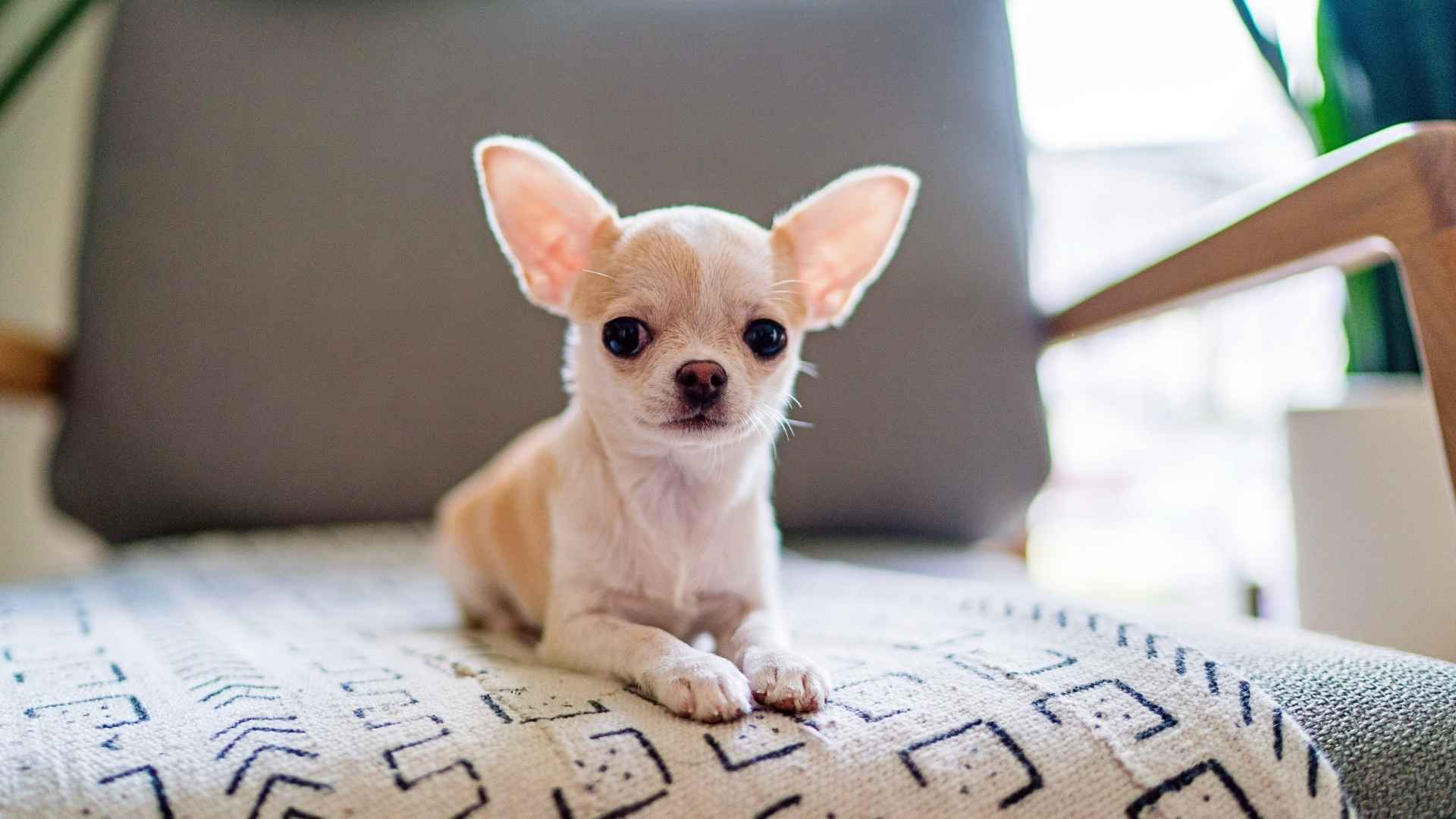When it comes to dogs, “small” can be downright extraordinary. While many people are familiar with the charm of pint-sized pups like Chihuahuas or Yorkies, there’s a whole world of unusual teacup breeds that rarely make it into the spotlight.
These pocket-sized companions pack big personalities, intriguing histories, and distinctive looks into frames so tiny they could almost fit in your hand. But make no mistake—these miniature marvels aren’t just adorable accessories. They have unique care needs, quirky temperaments, and breed-specific traits that can surprise even seasoned dog lovers.
From rare heritage lines to exotic imports, each of these teacup breeds offers a fascinating blend of genetics and personality that sets them apart. Whether you’re a collector of canine trivia, a potential small-dog owner, or simply curious about what’s out there beyond the usual suspects, prepare to meet seven tiny but mighty breeds worth knowing—and possibly, falling in love with.
Unusual Teacup Dog Breeds Worth Exploring
1. Affenpinscher
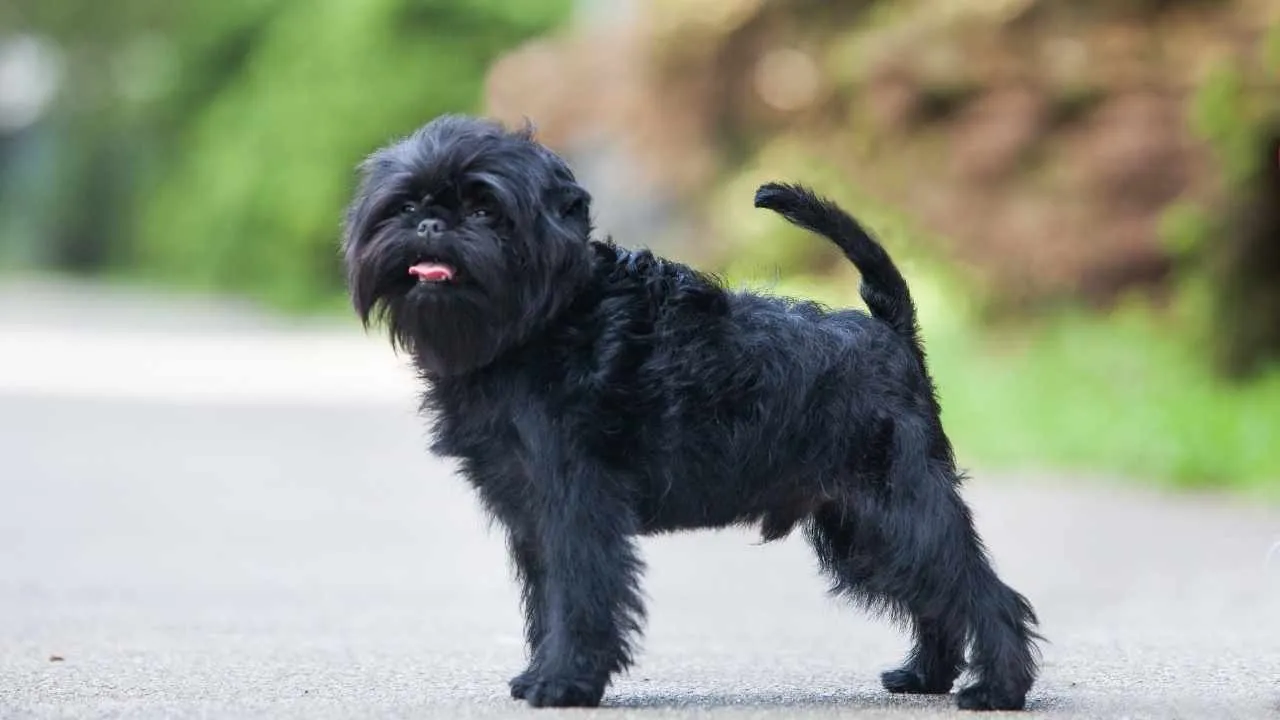
Breed Profile
Size: 9–12 inches tall
Weight: 7–10 pounds
Temperament: Bold, confident, lively, curious
The Affenpinscher, affectionately called the “Monkey Dog,” traces its roots to 17th-century Germany, where it earned a living as a rat hunter in homes and stables. Over time, this small but determined breed transitioned into a cherished companion while keeping its spirited, terrier-like personality.
Its expressive, almost comical face, scruffy coat, and confident stance make it a distinctive presence among toy breeds.
Affenpinschers are bold, animated, and sometimes mischievous, often described as “a big dog in a little package.” PetMD states that they thrive in environments that provide both affection and gentle structure. Their curious nature and moderate energy level make them equally happy on short walks or relaxing indoors.
The Affenpinscher is generally hardy but can be prone to conditions such as patellar luxation, hip dysplasia, brachycephalic airway syndrome, and cataracts. Regular vet checkups, healthy weight management, and preventive screenings for hips, heart, and eyes are key to ensuring a long, active life of 12–15 years.
Daily care includes mental and physical stimulation. They enjoy interactive play, agility, scent games, and short hikes. Training should focus on positive reinforcement and early socialization to balance their independence and enhance their confidence in new situations.
Grooming is an ongoing commitment. Their wiry coat needs brushing several times a week, professional grooming every month or two, and occasional bathing. Eye and ear cleaning are essential to prevent irritation or infection, and trimming hair around the eyes helps maintain clear vision.
Quick Tips
Keep exercise light in hot weather due to their flat-faced structure.
Brush the coat twice weekly and schedule professional grooming regularly.
2. Brussels Griffon
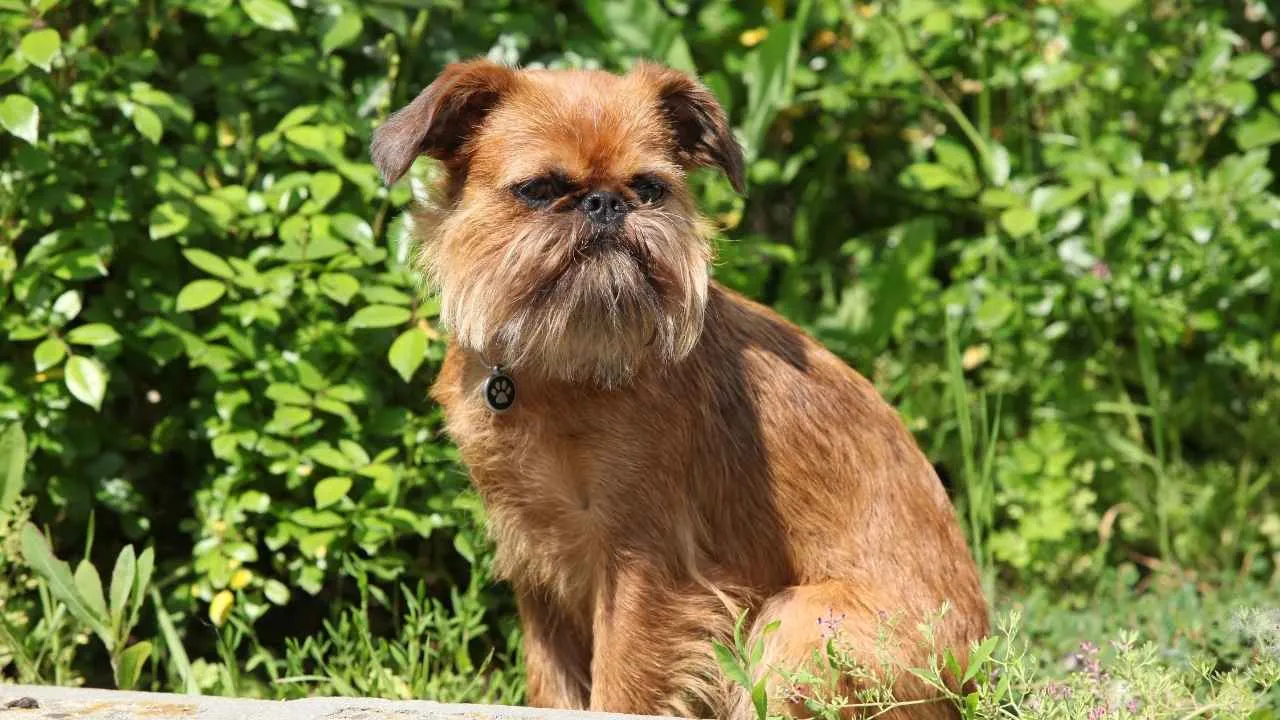
Breed Profile
Size: 7–10 inches tall
Weight: 8–10 pounds
Temperament: Alert, curious, loyal, sensitive
The Brussels Griffon is a small but expressive toy breed with a personality that often feels larger than life. Weighing under 12 pounds, these dogs are instantly recognizable for their big, human-like eyes and signature beard-and-mustache combination. Their compact, sturdy build and purposeful gait give them an unmistakable air of self-importance.
This breed comes in four coat colors—red, belge (black-and-reddish-brown), black and tan, and solid black—and in two coat types: smooth or rough. Rough-coated Griffs are non-shedding, while smooth coats require seasonal brushing to keep shedding in check. In both varieties, regular grooming maintains their neat, distinctive look, especially preserving the trademark facial hair.
Though lively and playful, the Brussels Griffon is better suited for homes without young children due to its sensitive nature and small size. They thrive on companionship, often following their chosen person from room to room. Left alone too often, they can become anxious or develop undesirable habits.
Brussels Griffons are intelligent, eager learners who excel in obedience, agility, and even tracking. According to the AKC, early socialization and gentle, reward-based training build their confidence and help prevent stubborn behaviors. Harsh corrections are counterproductive for this sensitive breed.
Their exercise needs are moderate—about 30 minutes daily through walks, games of fetch, or training activities. While small in stature, they have an athletic side and enjoy participating in canine sports alongside their owners.
Quick Tips
Use positive reinforcement training to match their sensitive disposition.
Maintain facial hair and coat regularly to keep their iconic look tidy.
3. Chihuahua
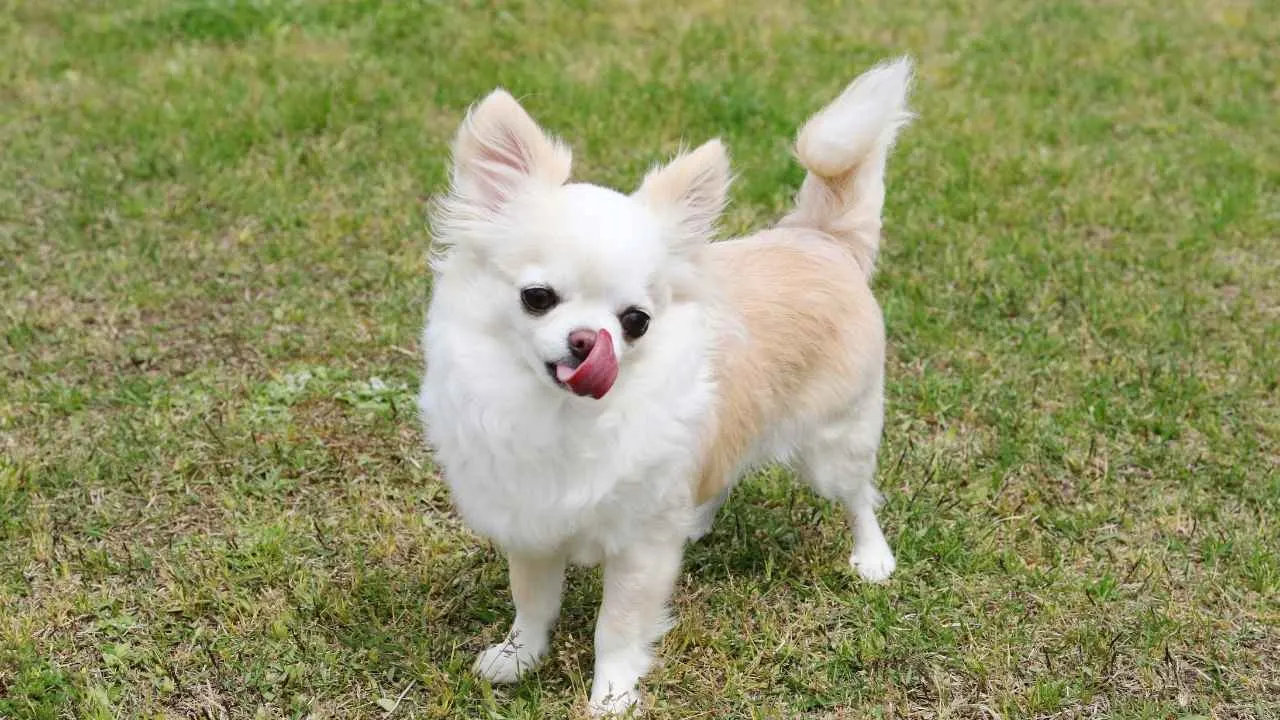
Breed Profile
Size: 5–8 inches tall
Weight: 1–6 pounds
Temperament: Energetic, alert, spirited, affectionate
The Chihuahua, the world’s smallest recognized dog breed, hails from Mexico and is believed to descend from the ancient Techichi kept by the Toltec civilization. Recognized by the American Kennel Club in 1904, it’s known for its alert expression, large erect ears, and confident demeanor.
Despite its tiny frame, the breed is surprisingly sturdy, making it a lively companion for city and apartment living.
These dogs have coats that can be either smooth and glossy or long and soft, coming in a variety of colors. Coat care depends on type—smooth coats need brushing about once a week, while long coats benefit from grooming two to three times weekly.
While many think of the Chihuahua as a lapdog, it’s actually quite active and often prefers playing, running, and barking to napping. They bond strongly with their family and can be wary of strangers, making them vocal watchdogs, though their size limits their protective ability. Some are bold to the point of challenging larger dogs, while others may be timid and nervous if not socialized early.
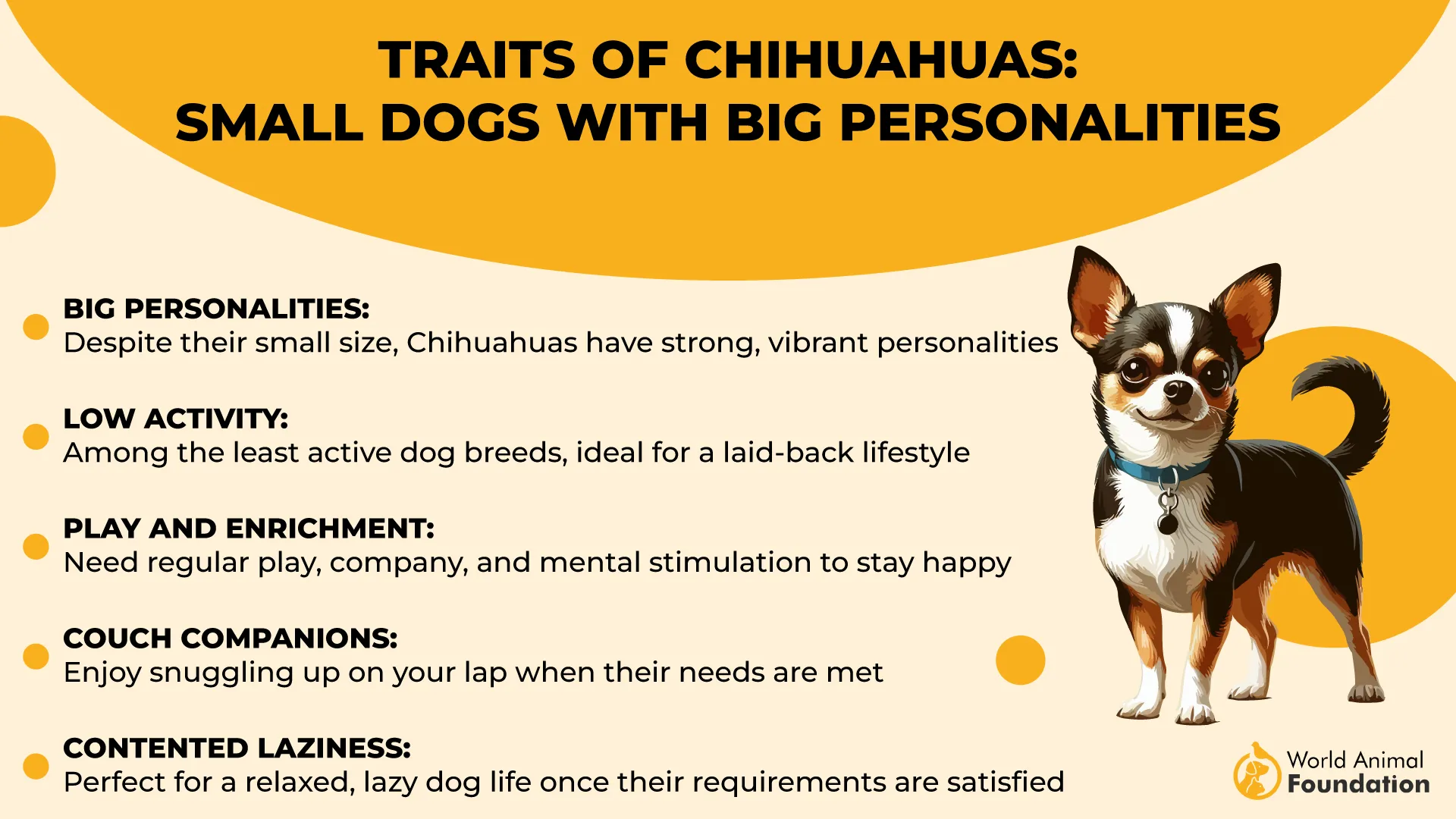
Chihuahuas require protection from cold temperatures due to their high surface-area-to-volume ratio and minimal insulation from their coat. Owners should avoid exposing them to larger dogs in parks and take care to prevent injury from falls or accidents.
Interestingly, many retain a soft spot on their skull (molera) for much of their life, making them more vulnerable to head trauma.
Britannica states that they are intelligent and can excel in activities such as agility and obedience, but training can be a challenge due to their small size and sometimes stubborn nature. Consistent, gentle training combined with mental stimulation helps bring out their affectionate and loyal personality.
Quick Tips
Keep them warm with sweaters or blankets in cold weather.
Socialize early to reduce fearfulness and excessive barking.
4. Maltese
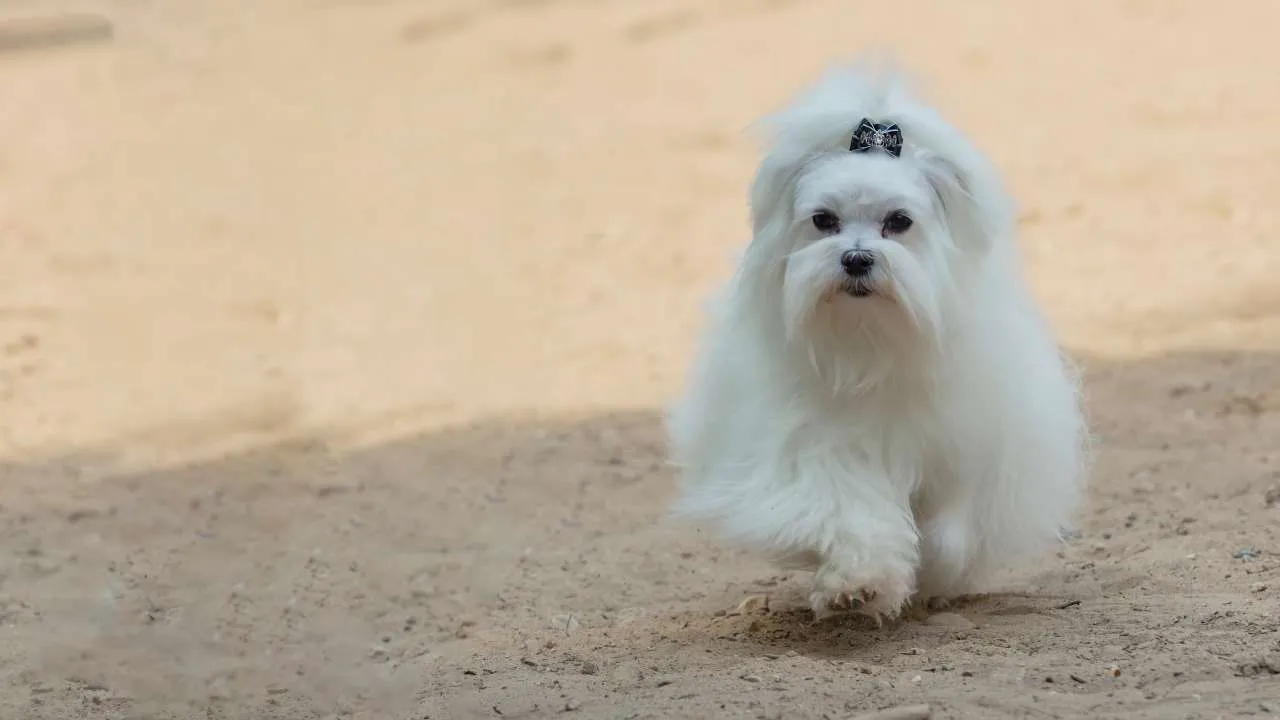
Breed Profile
Size: 7–9 inches tall
Weight: Under 7 pounds
Temperament: Affectionate, alert, fearless
The Maltese is a Mediterranean native with a history stretching back thousands of years, admired by figures as far back as Aristotle. Once favored by Roman aristocrats as a status symbol, this breed has always been small in stature rather than bred down from larger dogs. Their long, silky white coat and expressive dark eyes have made them a beloved lapdog for centuries.
Despite their dainty appearance, Maltese are confident and spirited. They form strong bonds with their families and can serve as vigilant little watchdogs, though they may be wary of strangers. This sensitivity makes early socialization essential to prevent defensive barking or nipping. They’re best suited for homes with gentle adults or older children.
Care needs for the Maltese are higher than many other toy breeds due to their continuously growing coat. Whether kept long and flowing or trimmed short, the coat requires regular brushing—two to three times per week or daily if long—along with periodic trims and baths. Tear stain management and dental care are also important for keeping them healthy and comfortable.
Exercise requirements are moderate. A daily 30–60 minutes of activity, including brisk walks, play sessions, or agility training, keeps them fit and mentally engaged. Owners should avoid extreme temperatures, especially cold weather, as the breed lacks an insulating undercoat. Sweaters or coats help them stay warm on winter outings.
In terms of health, Maltese are generally hardy but may develop conditions like patellar luxation, heart defects, liver issues, or encephalitis. Responsible breeding and regular veterinary care go a long way in ensuring a lifespan of 12–15 years.
Quick Tips
Keep grooming tools and tear stain removers on hand for coat and eye upkeep.
Limit alone time to prevent separation anxiety and related behaviors.
5. Shih Tzu
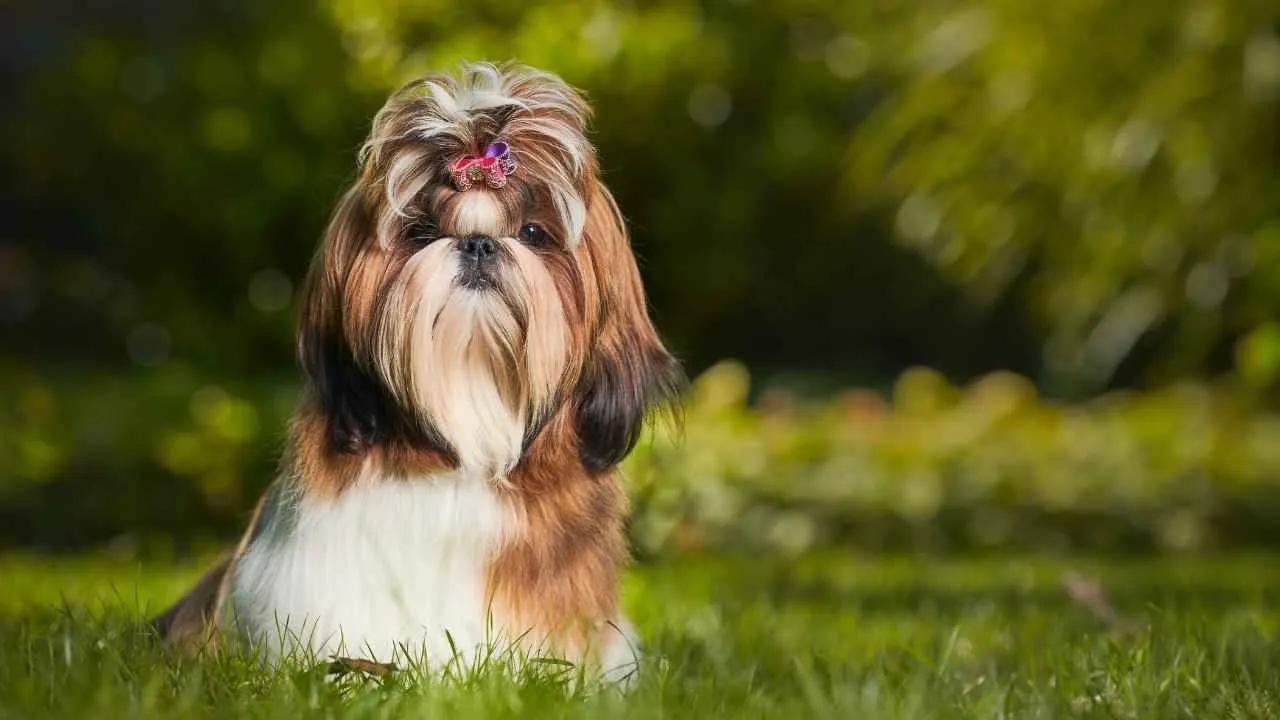
Breed Profile
Size: About 10 inches tall
Weight: 9–16 pounds
Temperament: Outgoing, playful, bold, friendly
The Shih Tzu, also known as the “Little Lion” or “Chrysanthemum Dog,” has a history rooted in Tibetan monasteries more than 1,000 years ago. Developed from the Pekingese and Lhasa Apso, it was often gifted to Chinese royalty, symbolizing the lion in Buddhist tradition.
The breed nearly vanished in the 20th century before being revived from just 14 dogs, eventually gaining AKC recognition in 1969.
These dogs have a sturdy, compact frame, short legs, and a heavily haired tail carried over the back. Their dense coat, which may come in many colors, forms a beard, whiskers, and a distinctive mane-like face. The hair often grows long enough to obscure their eyes, so many owners choose topknots or trims for better vision and comfort.
A Shih Tzu’s care routine requires regular grooming—combing every day or two, bathing, and conditioning to prevent matting. Many pet owners keep the coat clipped to a manageable length, but show dogs are maintained with long, flowing hair. They also need attention to eye and dental care.
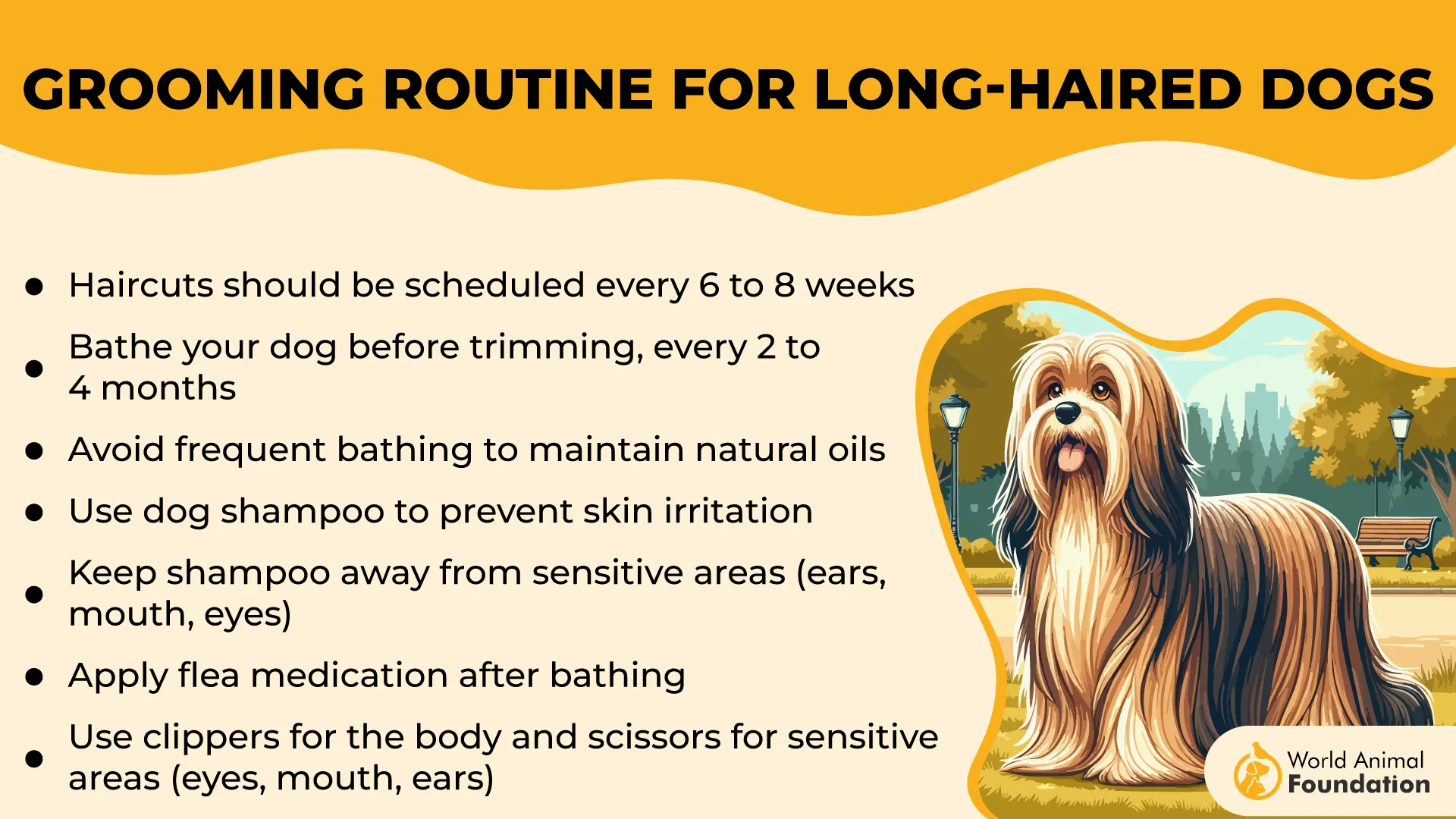
While adaptable to apartments and small yards, Shih Tzus need daily walks and playtime. They prefer moderate climates, as their short muzzle makes them prone to overheating and respiratory issues in hot weather. They should be supervised around larger dogs and protected from cold temperatures.
Known for their affectionate and social nature, Shih Tzus transition easily from playmate to lap companion. They get along well with gentle children, other dogs, and pets, though their small size can make them a tripping hazard. Training benefits from patience and positive reinforcement, as they can be independent-minded but learn quickly when engaged.
Quick Tips
Keep coat around the eyes trimmed or tied back to prevent irritation and vision problems.
Avoid strenuous activity in hot weather due to their brachycephalic airway structure.
6. Pomeranian
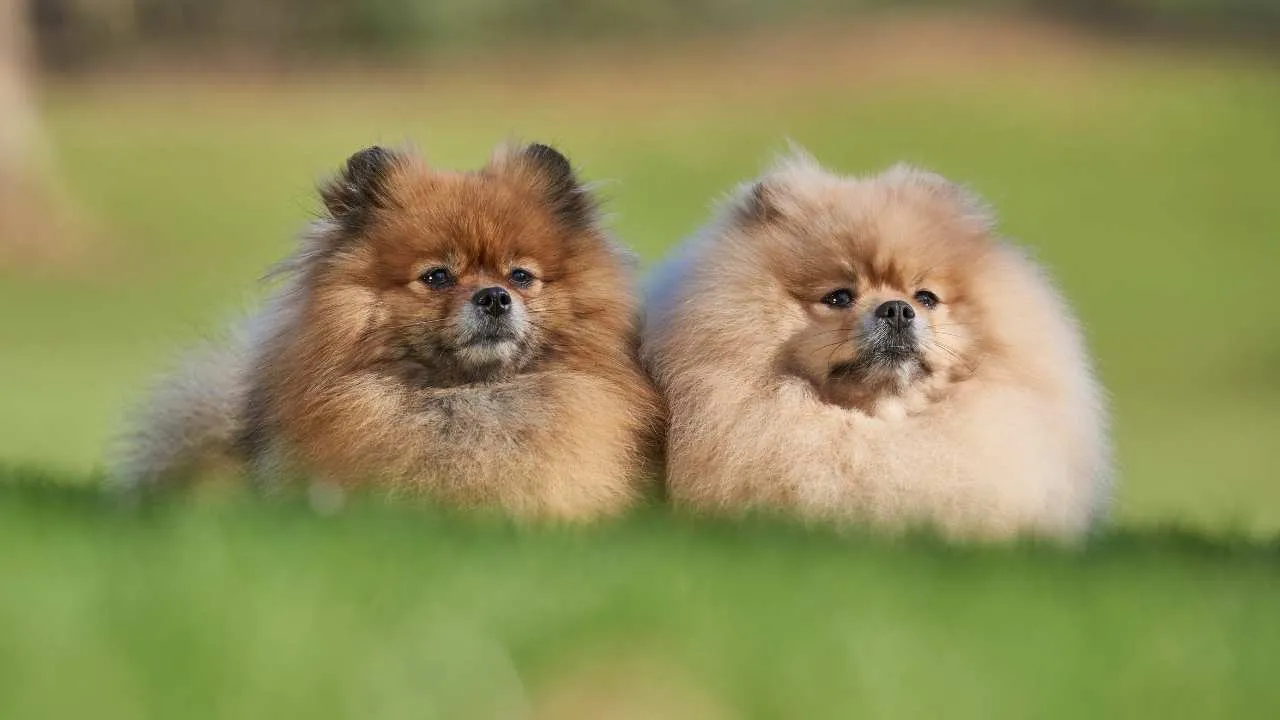
Breed Profile
Size: 8–11 inches tall
Weight: 3–7 pounds
Temperament: Perky, friendly, intelligent, alert
The Pomeranian, affectionately known as the “Pom,” is a toy-sized Spitz breed with roots in northern Germany’s Pomerania region. Originally much larger, the breed was refined to its current petite stature during the 1800s, particularly under the influence of Queen Victoria, who favored the smallest and most colorful examples.
Modern Poms retain the classic Spitz traits: a thick ruff of fur around the neck, a curled tail, and a bright, foxy face framed by alert, pricked ears.
Pomeranians are instantly recognizable for their lush double coats, which come in a wide range of colors from the signature rich red to black, white, sable, chocolate, and many shades in between. While beautiful, their coats require regular brushing once or twice weekly—and daily during shedding seasons—to maintain fullness and reduce matting.
This breed’s personality far exceeds its size. Poms are bold, curious, and often unaware of their small stature, sometimes attempting to take on much larger dogs with fearless bravado.
They are quick learners, eager to please, and excel in obedience and trick training, although a streak of independence can keep owners on their toes. Their intelligence and energy make them well-suited to canine sports or interactive games.
Despite their tiny frame, Pomeranians require daily activity to stay fit and mentally stimulated. Short walks, play sessions, and training exercises help channel their high energy. They can thrive in homes of all sizes but should be supervised around larger pets and young children to avoid accidental injury.
Poms are natural watchdogs, quick to alert their families to any unusual activity with a sharp bark. While this trait adds to their charm, it can also lead to excessive barking if not managed early. With consistent guidance and socialization, they make loving, loyal companions who bring spirited energy to any household.
Quick Tips
Brush regularly and schedule extra grooming during heavy shedding periods.
Supervise interactions with larger animals or small children to prevent injury.
7. Chinese Crested
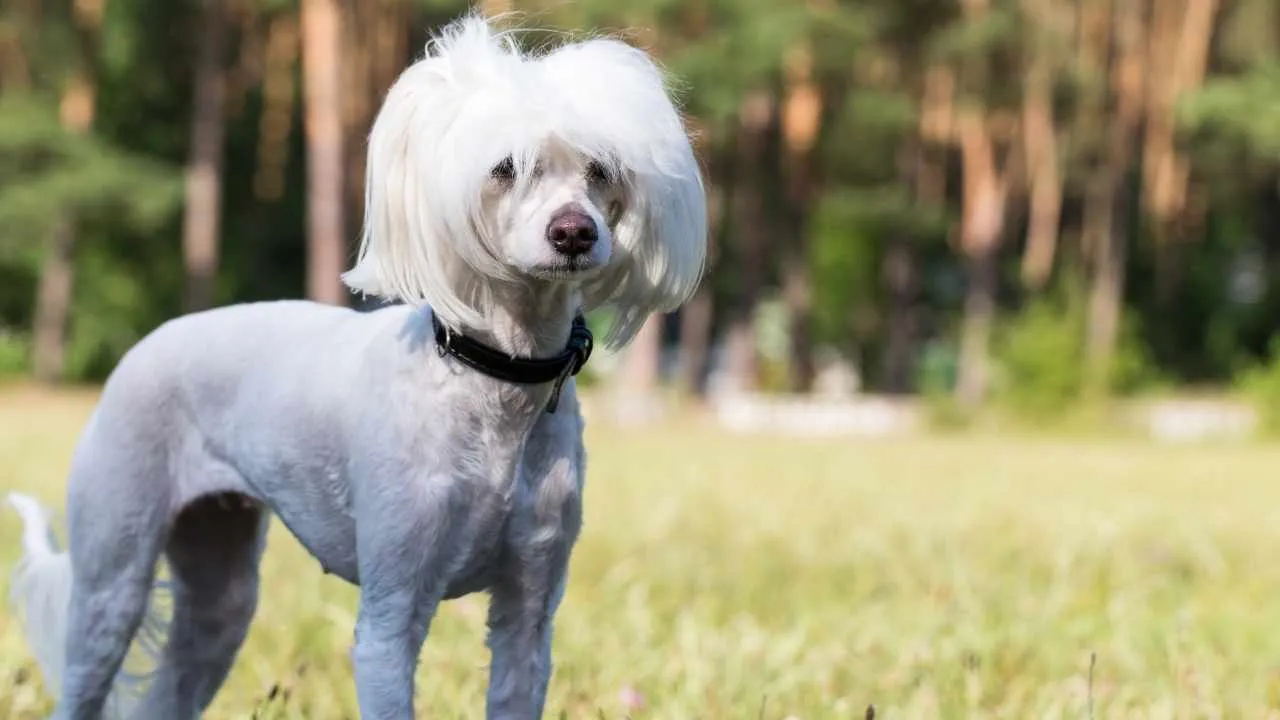
Breed Profile
Size: 11–13 inches tall
Weight: 8–12 pounds
Temperament: Affectionate, graceful, alert, friendly
The Chinese Crested is an elegant, fine-boned toy breed that comes in two distinct varieties: the hairless, with smooth skin and silky tufts on the head, feet, and tail, and the powderpuff, adorned with a long, soft double coat.
Despite the name, genetic studies suggest a Mexican origin, though the breed has long been cherished as a companion worldwide. Known for their cat-like lounging habits and playful, loving nature, they bond deeply with their people.
This breed thrives in a variety of households, from active families to apartment dwellers, provided interactions with children are supervised to prevent accidental injury. They require modest exercise—short daily walks and indoor play are often enough.
Cresteds are intelligent, eager to please, and generally friendly toward strangers, though early socialization helps ensure confidence in new situations.
Health concerns for the Chinese Crested include eye problems such as progressive retinal atrophy and lens luxation, dental disease, patellar luxation, hip dysplasia, and congenital deafness.
Hairless varieties also need extra skin care to prevent sunburn, dryness, and irritation, while powderpuffs require regular brushing to prevent matting. Lifespans often reach 13–18 years with attentive care.
Grooming needs depend on the variety. Hairless dogs require routine moisturizing, sun protection, and weather-appropriate clothing, while powderpuffs benefit from multiple weekly brushing sessions and periodic professional grooming. Both types need regular nail trimming, dental care, and ear cleaning.
With their affectionate personality and adaptable nature, Chinese Cresteds make devoted companions. However, they are high-maintenance in grooming and benefit from owners prepared to meet their specific care requirements. Their quirky mix of elegance, playfulness, and loyalty makes them an unforgettable choice for the right household.
Quick Tips
Use dog-safe sunscreen and moisturizers for hairless varieties to protect and maintain skin health.
Brush powderpuffs several times weekly to keep their long coat free from tangles and mats.
Conclusion
Exploring unusual teacup dog breeds reveals the remarkable diversity, history, and charm found in tiny dogs. Their compact size makes them ideal for small living spaces, yet their personalities often rival those of their larger counterparts. While each breed has its own appeal—whether it’s a silky coat, flowing coats, playful nature, or calm demeanor—they share the need for specialized care, proper training, and attention to potential health issues such as fragile bones, breathing issues, and low blood sugar.
Beyond these seven, other breeds such as miniature dog breeds, toy dogs, teacup puppies, Yorkshire Terriers, teacup Yorkies, teacup Chihuahuas, teacup Papillon, teacup Poodles, teacup Maltese, and Bichon Frise offer similar appeal. However, not all breeders follow the breed standard or prioritize health, and puppy mills remain a concern—making reputable breeders and rescue organizations essential for finding a healthy companion.
Originally bred as working dogs, companions, or affectionate dogs for royalty, today’s teacup variety brings joy to tiny dog lovers worldwide. With the right balance of outdoor activities, indoor enrichment, and regular vet care, these little dogs can thrive alongside other pets and allergy sufferers alike.


